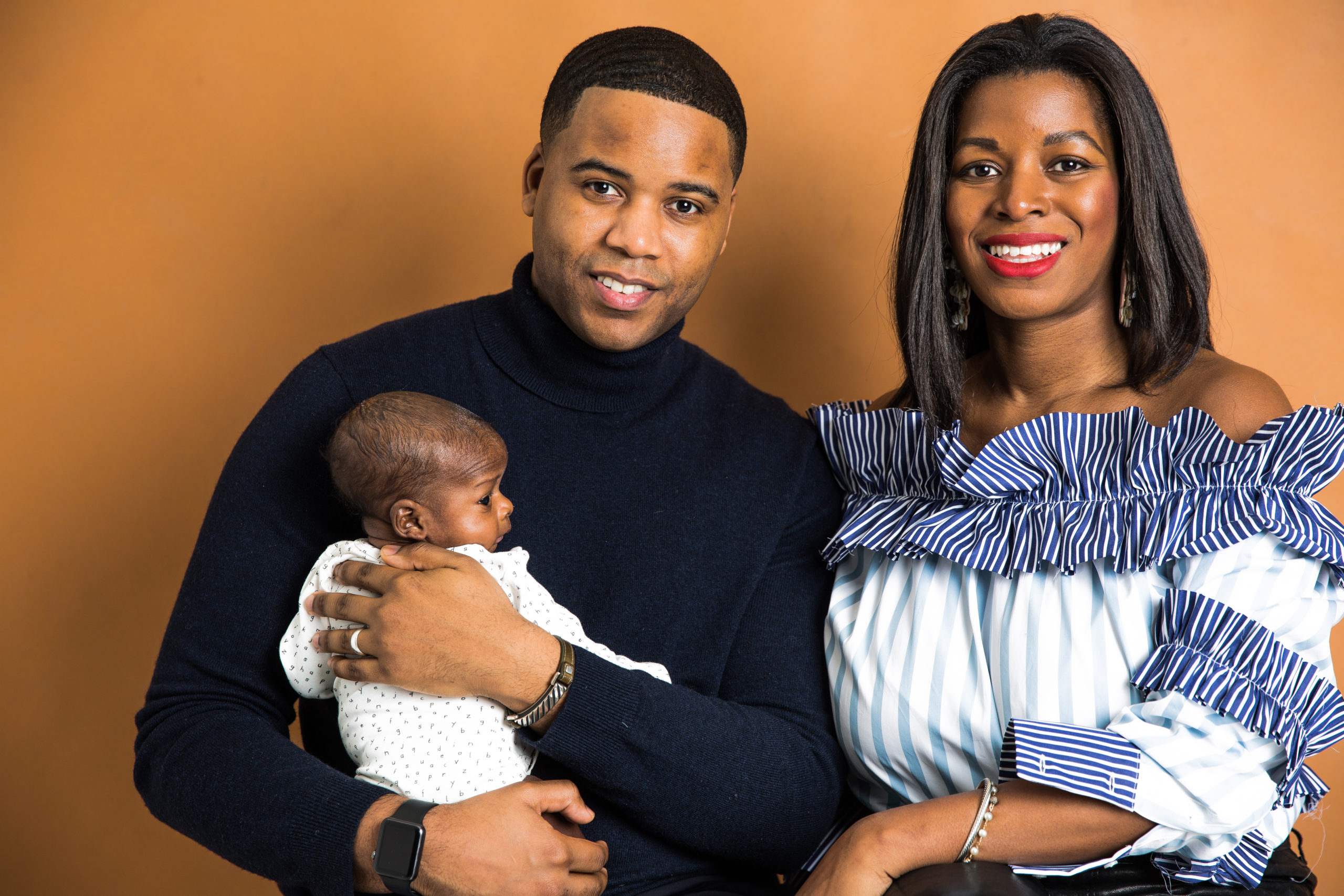Creating Meaningful Moments That Shape a Child’s World
In the whirlwind of daily life—school drop-offs, work schedules, errands, and after-school activities—it’s easy to overlook the small, everyday moments that actually mean the most. But research shows that consistent family routines are more than just logistical helpers—they are powerful tools that shape a child’s sense of security, connection, and self-worth.
Why Routines Matter for Young Children
Children thrive in environments where they know what to expect. Predictable routines give them a sense of control, help them feel safe, and reduce anxiety. For young children especially, repetition helps their brains form strong neural connections, supporting both cognitive and emotional development.
But beyond the science, routines offer something deeply human: opportunities to connect.
Building Connection Through Everyday Routines
Here are a few examples of everyday routines that foster emotional closeness and promote confidence:
1. Morning Rituals with Purpose
Instead of rushing through the morning, try building in a moment of connection—like a cuddle and stretch, a family mantra (“Today is going to be a great day!”), or letting your child choose their own socks or snack. These small choices help build confidence and independence while starting the day on a positive note.
2. Meal Times as Connection Times
Sharing meals—even if it’s just breakfast or snack time—can become a time of reconnection. Use this time to ask open-ended questions like, “What made you smile today?” or “What do you want to learn tomorrow?” These moments show your child that their voice matters.
3. After-School Check-Ins
Having a consistent moment to decompress and connect after daycare, preschool, or kindergarten helps children transition from one space to another. A simple snack and chat, a shared story, or quiet play can make all the difference.
4. Bedtime as a Confidence Booster
The predictability of a bedtime routine—bath, books, brushing teeth, and snuggles—helps children wind down and feel secure. Adding affirmations (“You are brave. You are kind. You are loved.”) encourages positive self-talk and builds emotional resilience.
How Routines Build Confidence
Each time your child participates in a consistent routine, they’re mastering a piece of their world. When they know what comes next, they feel more in control. When you include them in the process—letting them pick pajamas, help set the table, or choose their bedtime story—they develop independence and decision-making skills.
Tips to Make the Most of Your RoutinesKeep it simple. Routines don’t need to be elaborate to be meaningful.Be flexible. Life happens. What matters most is consistency, not perfection.Make it fun. Add a silly song or special handshake to routines to keep them engaging.Celebrate the effort. Praise your child for their participation and cooperation, not just the outcome.
Final Thought
Routines aren’t just about structure—they’re about love in motion. Every time you brush teeth together, sing the same goodnight song, or make pancakes on Saturday morning, you’re saying, “I’m here. You matter. We’re in this together.”
And in those simple, repeated moments, lifelong confidence and connection are born.
